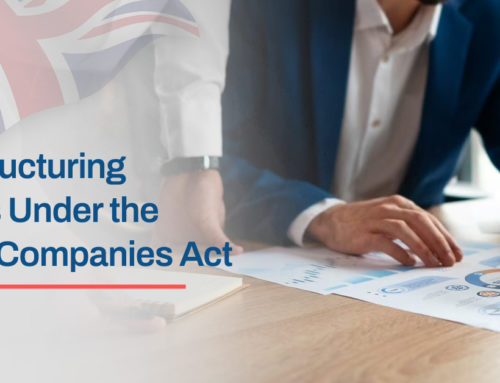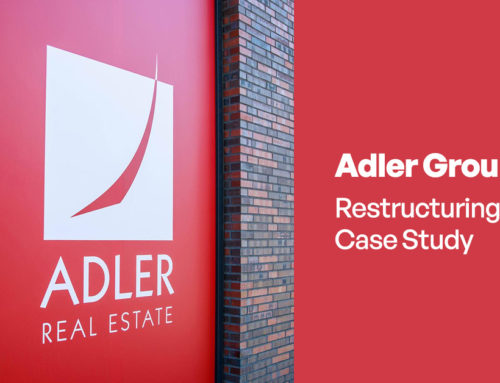When an insolvent company enters a liquidation process, one of the key tasks for the insolvency practitioner (IP) is to sell the company’s assets before liquidation. In many cases, the assets are sold to third parties, sometimes to competitors or a director may wish to buy the asset from the company for personal use or for a future business venture.
Known as liquidating assets, the IP will sell the assets to raise funds to pay outstanding creditor debt, including their own fees. In some cases, the money raised by the sale of the assets may be enough to pay all the creditors and leave no outstanding debt. However, most of the time, to sell a company’s assets before liquidation is to lessen the level of the debt owed to creditors.
Whether it is a Creditors’ Voluntary Liquidation (CVL), a Members’ Voluntary Liquidation (MVL), or a compulsory liquidation, the IP will need to sell the company’s assets. If it’s a CVL or compulsory liquidation, the proceeds will be distributed among the creditors. If it’s an MVL, which is liquidating a solvent company, the money raised will be distributed to the shareholders.
The process to sell a company’s assets before
There are strict regulations that must be followed by the IP in selling a company’s assets before liquidation to ensure they do not go against the Insolvency Act 1986 and do not commit fraud in the process.
The IP
Whilst you are entitled to sell assets before the liquidation, you must ensure that they are sold or transferred
If you are considering dissolving a limited company, whether solvent or insolvent, and not sure what your next step should be, the first thing to do is to seek professional advice. Our highly experienced professionals at Leading UK are on hand to help and advise on the process.






